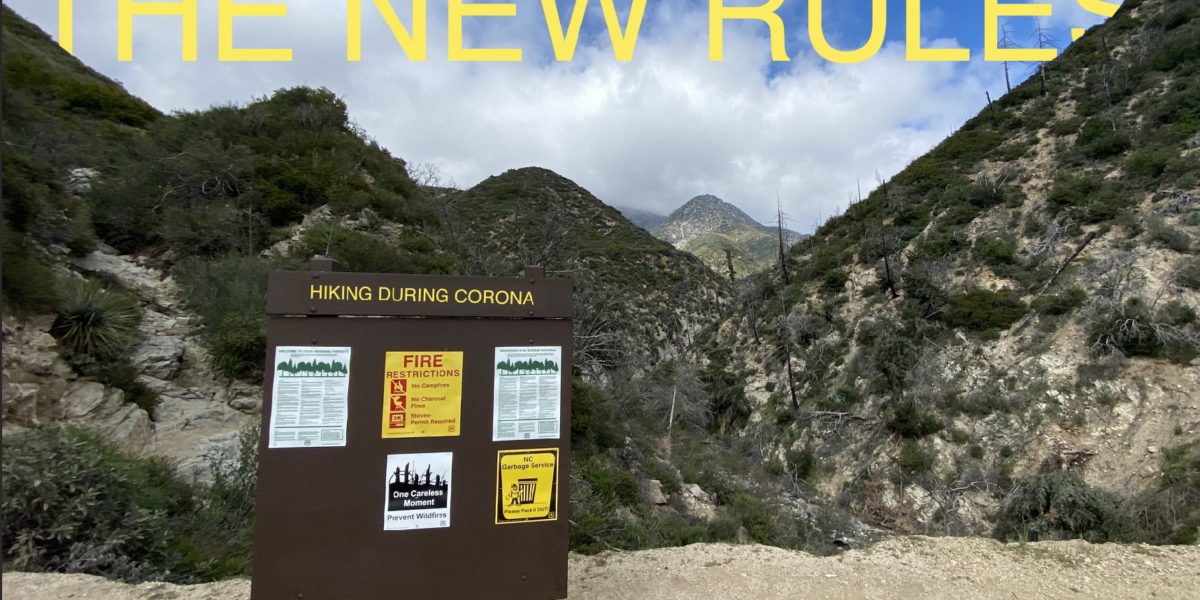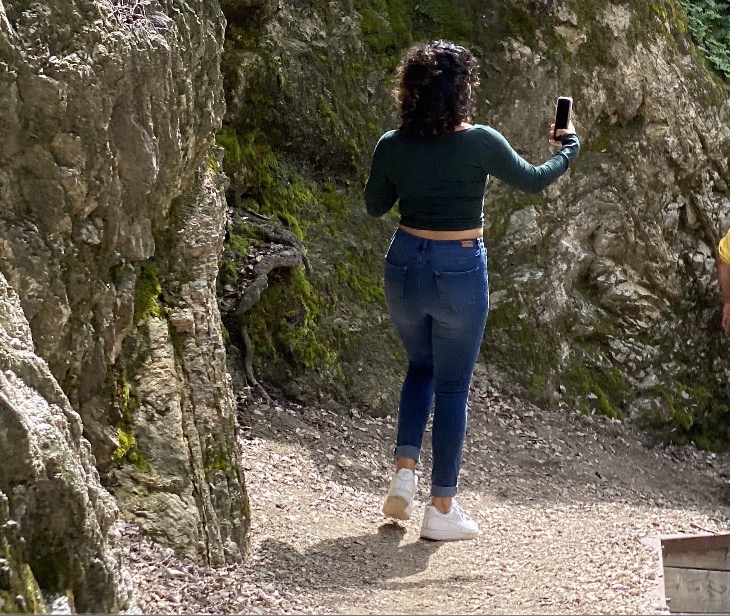
The New Rules of Hiking During Quarantine
Hiking isn’t the same when a contagious diseases has killed tens of thousands of people nationwide. Here’s how to do it safely, if at all.

Hiking, for many of us, offers the ultimate escape. But the global pandemic we find ourselves in is hard to dodge. From the headlines to the lines at the trailhead, COVID-19 is never far away.
As we work to flatten the curve, inevitably our eyes will scan the horizons; our feet will itch to feel the hug of nubuck and Gore-Tex. We’ll begin to hit the road again. Some of us already have.
What follows is an attempt at providing a set of guidelines to help you do that safely. I want to be clear: Local rules and regulations trump anything you’ll find here. But if you’ve cleared those hurdles, the toolkit below ought to help you plan ahead, and stay safe.
Many of you might live in secluded regions, or be fortunate enough to own land where you can recreate safely. There’s still some advice here for you, as well.
We’ll be talking about camping in an upcoming story. Stay tuned, and let us know if you have any feedback or additions.

Rule 1: Know Where to Go
National parks and monuments are closed. Many state parks are, too. But many National Forests are open, as are some privately-owned preserves. What’s the common denominator? The busiest locales are the ones that have been banned. This is just common sense. Not all national forests are open—but the state and federal systems are doing a good job of updating their public pages with data on where safe recreation is allowed
Rule 2: Stay Close to Home
Infectious disease experts caution against long-distance travel, which can help the COVID-19 population jump. Communities can develop a kind of localized resistance, and paratrooping into a far-flung area that hasn’t had time to naturally develop immunological awareness of the disease just isn’t fair to them, no matter how epic the views. You might also be adding undue stress to that region’s healthcare system should anything happen to you.
Rule 3: Take It Easy
Which brings us to our third point. Winging it—and risking your ACL or worse—is foolish when the healthcare system is full of folks whose ailments weren’t self-inflicted. Have you tackled this kind of terrain before? Do you know the watch-outs? Better to stick with something familiar than to bushwack your way into new terrain.
Rule 4: Wear Protection
A bandana worn incorrectly might as well be around your wrist. A billowing lower triangle lets you pull in the air (and potential droplets) from below your chin, which is just about where they’d be hanging out from passing hikers.
Rule 5: Go When It’s Slow
We said this about the grocery store, and we’ll say it again: Your best bet for a hike is mid-week, not Sunday at noon. The fewer trail-mates, the less chance you’ll come mask-to-mask with another hiker.
Rule 6: Use the One-Lane Rule
When you’re driving on a single-lane road, pull-outs and turn-offs are your friend. Same here. Look for hikers heading toward you and be mindful to pull off into a trail spur to let them pass. If you want to be extra cautious, turn away for them. That doesn’t mean you can’t offer a friendly hello. Typically, the folks ascending have first priority as they’re working harder to get where they’re going (which means they’ll be breathing harder, too).
Rule 7: Watch out for Hand-Holds
This is where my germaphobe kicks in: Know those shiny tree trunks or dulled rocks near off-balance crossings and overhangs? They’re discolored for the same reason bronze noses and other anatomical protuberances are polished at museums. Everyone touches them. Bring hiking poles or (safely) choose your footsteps wisely while hiking up.
Rule 8: Add Distance Near Amateurs
Unless you’re alone on the trail, you’ll encounter folks who are either unconcerned with contracting or spreading Coronavirus, or unaware of the risks. They might even be spread across a prime portion of the trail, eating lunch in the sun while taking selfies. Your role here isn’t to cluck your tongue, but to find a safe and quick route past. Gauge the wind, the trail ahead, and be strategic.
